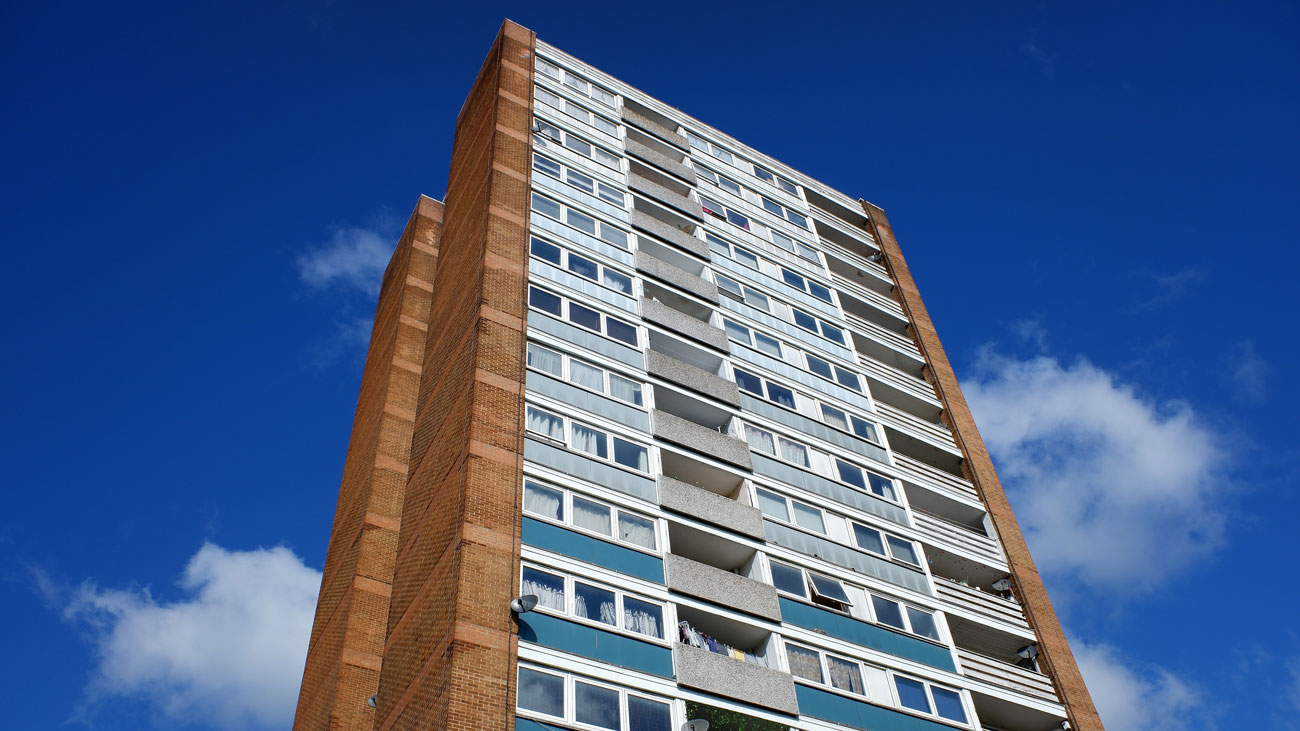
New regulations published under the Building Safety Act 2022
The Department for Levelling Up, Housing and Communities (DLUHC) has published the following regulations under the Building Safety Act 2022:
- The Building Regulations etc. (Amendment) (England) Regulations 2023;
- The Building Regulations (Higher-Risk Building Procedures) (England) 2023;
- The Building (Approved Inspectors etc. And Review of Decisions) (England) Regulations 2023;
- The Higher-Risk Buildings (Management of Safety Risks etc) (England) Regulations 2023; and
- The Building Safety Act 2022 (Consequential Amendments etc.) Regulations 2023
The Regulations deliver the recommendations of Dame Judith Hackitt in her report Building A Safer Future and cover the technical detail underpinning the new, more stringent regime for the design and construction of higher-risk buildings (HRBs), wider changes to the building regulations for all buildings and the details of the new in-occupation safety regime for HRBs.
The Regulations can be found here.
DLUHC has also published the responses to the consultations on them, which were held last summer.
These new Regulations will impact facilities managers, as they will fundamentally reform the way buildings are designed, built and managed to ensure safety of those who live in them. The Regulations introduce significant reform to building control for all buildings and a new bespoke approach to building control for blocks of flats, hospitals and care homes of 18m or more or seven storeys or more (HRBs) under the new Building Safety Regulator.
New roles and responsibilities
There are new dutyholder roles introduced into Building Regulations. Everyone who has a stake in a project (the client, the designers and the contractors) have duties to have arrangements and systems in place to plan, manage and monitor both the design work and the building work to ensure compliance with Building Regulations.
The duty to ensure compliance remains with those who procure the building work and those who have key roles in the design and construction process, who are responsible for ensuring that building work is designed and built to be compliant with building regulations.
The dutyholders will be required to cooperate with other dutyholders, coordinate their work, and communicate and provide information to other dutyholders. They will also need to ensure they and those they appoint are competent (have the necessary, skills, knowledge, experience and behaviours) or if they are an organisation, the organisational capability, to carry out the design work and building work they are engaged to do and only undertake work within the limits of that competence.
Clients should carefully consider how their proposed building work will comply with both the procedural and functional Building Regulations’ requirements. They will be required to explain assumptions about the management and maintenance of the building once in use, as well as the behaviours and characteristics of residents or other users. This approach is to support an industry culture change by moving away from Building Regulations compliance as a ‘tick box’ exercise, towards a greater understanding and confidence in how to demonstrate compliance with regulations. Principal Designers, Principal Contractors and anyone carrying out any design or building work must be competent for their roles, and organisations must have the organisational capability, competence and capacity to fulfil their obligations.
Karl Whiteman, CLC Industry Sponsor for Building Safety, said:
“The CLC welcomes the publication of these regulations as they start to give the industry much needed clarity on what is required. We must all understand, prepare and implement the steps that are needed to make change happen. We all have a part to play in delivering buildings that are safe. The CLC will continue to work with key stakeholders to understand requirements, provide information and update the industry over the forthcoming months.”
The Regulations also introduce the new ‘in occupation’ regime for HRBs where dutyholders must demonstrate they are proactively engaging with residents on building safety and demonstrate to the building safety regulator that they are managing the building safety risks in their building, fire spread and structural collapse, appropriately.
Further draft regulations related to the new regime will be laid shortly – The Higher-Risk Buildings (Keeping and Provision of Information etc) (England) Regulations and the Building Safety (Regulator’s Charges) Regulations. The former will cover the information that accountable persons for occupied higher-risk buildings need to keep as the golden thread and what details they need to share with residents and other people who are involved in ensuring the safety of the building. The latter will set out the approach to charging by the Building Safety Regulator to recover the costs incurred in the fulfilment of its relevant statutory functions for the new regime.
To help navigate the legislation and support the new building control approval process for HRBs, the BSR has developed some new guidance which can be found here.
The Building Safety Act 2022 aims to strengthen the regulatory oversight and protections in higher-risk buildings throughout their lifecycle (i.e., planning, design, construction and occupation phases) as well as the safety performance of buildings generally and competence among the building sector professions.
With the publication of these latest regulations under the Building Safety Act and consultation responses from the government, the whole built environment sector must step up, engage and demonstrate leadership to deliver safe and high-quality buildings for those who live and work in them.
These changes will be in place from 1 October 2023.



